Middle East
Eight charts that reveal the economic impact of Trump’s tariffs | Donald Trump News
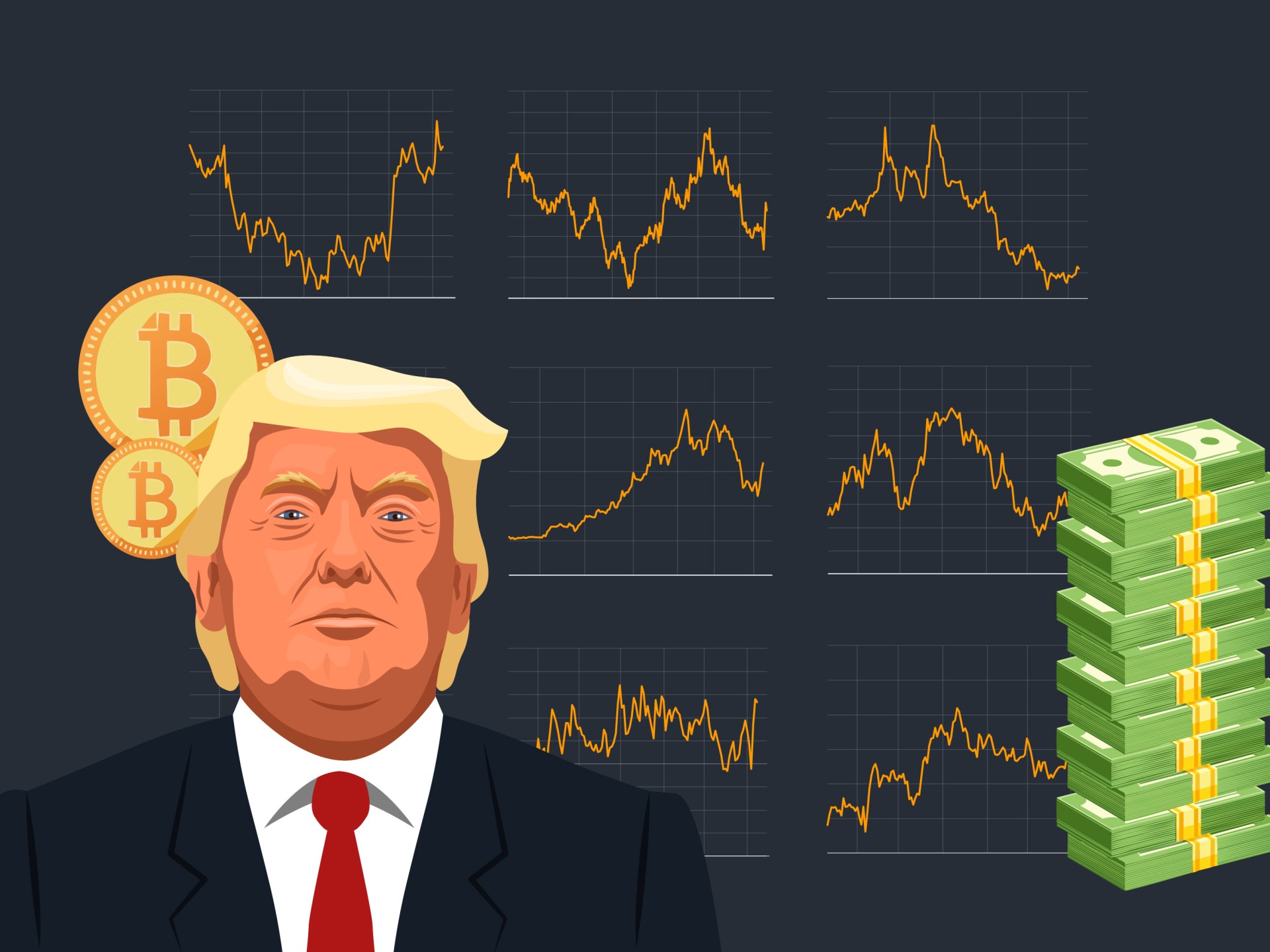
On April 2, 2025, President Donald Trump declared a 10 percent tariff on all imports, effective on April 5, with additional country-specific tariffs set to commence on April 9.
The announcement sent shockwaves through the global economy, triggering the worst two-day loss in United States stock market history. On Thursday and Friday alone, $6.6 trillion in value was wiped out before markets closed for the weekend.
After a slight recovery on Tuesday, stocks fell once again on Wednesday as President Trump’s new tariffs on imports from dozens of countries took effect, including a steep 104 percent tariff on goods from China – dramatically escalating fears of a global trade war.

How much will each country be tariffed?
The White House released a list of 57 countries, territories and trading blocs that will be subject to increased tariffs, as detailed in the table below. In addition to these 57, Trump also imposed a flat 10 percent tariff on imports from nearly all other US trading partners.
A tariff is a government-imposed tax on imported goods and services, paid by businesses bringing them into the country. Tariffs are meant to protect local industries but often make foreign products more expensive for consumers.
How much money has been lost?
According to Bloomberg, three days of market losses – Thursday, Friday, and Monday – have wiped out about $10 trillion in global equity value. That’s roughly 10 percent of global gross domestic product, and more than the combined GDP of 150 countries.

The S&P 500, a stock market index that tracks the performance of 500 of the largest publicly traded companies in the United States, suffered its deepest loss over four days since the benchmark’s creation in the 1950s.
Investors often use it to gauge the health of the stock market and the broader US economy.
It is now nearing a bear market, which is defined as 20 percent below its most recent high.
On market close on April 8:
The S&P 500 closed down 79.48 points, or 1.6 percent, at 4,982.77
The Dow closed down 320.01 points, or 0.8 percent, at 37,645.59
The Nasdaq closed down 335.35 points, or 2.2 percent, at 15,267.91

What has happened to gold, oil and bitcoin?
Aside from the stock market, the price of gold, crude oil and Bitcoin have all fallen over the past week amid rising uncertainty.
Gold, typically considered a safe asset in times of uncertainty, has seen increased demand in recent months.
The gold market initially surged following the tariff announcement, reaching a high of $3,167 per ounce. However, it dipped by 2 percent on April 7 to $2,977, before edging up slightly to $2,984 on Tuesday.
Oil prices plunged by 7 percent in response to the tariff announcement, followed by a further 2 percent drop on April 5. By Tuesday, oil had stabilised around $60 per barrel but has since dropped below $57, the lowest it has been since 2021.
Typically, oil prices fall during times of recession due to reduced demand, and fears of a recession caused by the trade conflict between the US and China – the world’s two largest economies – have contributed to this decline.
Bitcoin, which was expected to flourish under the new government, has also slipped over the past week. The cryptocurrency has fallen by 30 percent since Trump’s inauguration on January 20, from $109,000 to today’s $77,000.

What about global currencies?
Countries that are major trading partners with the US, along with other emerging market currencies, have responded with mixed signals.
According to Reuters, the US dollar weakened against major currencies including the yen and euro, while China’s yuan hit a 19-month low on Tuesday, caught in the crossfire of the trade tariff war.

Euro: The European currency was last up 0.1 percent at $1.09, down from an earlier rise of more than 0.7 percent, after falling for the two previous days.
British pound sterling: Lost about 1 percent over the past week, from one dollar costing £1.30 on April 2 to £1.28 on April 8.
Russian rouble: Had a slight dip from 84.2 roubles to the dollar on April 2 to 86.1 on April 8.
Chinese yuan: Weakened at a 19-month low against the US dollar, with the People’s Bank of China setting the reference rate at 7.2038 yuan per dollar.
Indian rupee: Is expected to depreciate further, and on Monday, the South Asian powerhouse tumbled by 0.7 percent, its biggest slip in three months. The currency closed at 86.44 rupees against the dollar, a slight loss from the previous day.
Japanese yen: Strengthened as investors sought refuge from the volatility, closing at 146.41 per dollar, up from 150.36 on April 2.
Brazilian real: Also weakened over the past week, from 5.67 reais to the dollar down to 6.00 as markets closed on Tuesday.
Mexican peso: The US’s largest trading partner also saw a decline, with the peso closing at 20.89 per dollar, down from 20.34 on April 2.
South African rand: Weakened by 4.4 percent over the past week, reaching R19.75, its weakest level in two years.
What does this mean for a global recession?
A recession is a period of significant economic decline, typically defined as two consecutive quarters (six months) of negative growth in a country’s GDP.
Since 1950, the US has experienced 11 recessions. Some of the most notable include the oil crisis (1973-1975), double-dip recession (1980-1982), dot-com bubble (2001), global financial crisis (2007-2009), and COVID-19 (2020).
Analysts at JPMorgan have estimated a 60 percent likelihood of a recession, while Goldman Sachs and Morningstar put the odds between 40 and 50 percent.

Middle East
Saudi defence minister visits Tehran before Iran-US talks | United Nations News

Saudi Arabia’s Defence Minister Prince Khalid bin Salman has met several Iranian officials before a second round of talks between Washington and Tehran over Iran’s nuclear programme.
The visit comes amid growing fears of a potential conflict in the region if diplomatic efforts fail to resolve soaring tensions between the United States and Iran, with President Donald Trump repeatedly threatening to bomb Iran if it does not reach an agreement with the US over its nuclear-related activities.
Prince Khalid said he conveyed a message from Saudi Arabia’s King Salman to Iranian Supreme Leader Ayatollah Ali Khamenei during Thursday’s meeting in Tehran.
“We discussed our bilateral relations and topics of mutual interest,” he wrote on X.
“Our belief is that the relationship between the Islamic Republic of Iran and Saudi Arabia is beneficial for both countries,” Iranian state media cited Khamenei as saying in the meeting on Thursday.
Prince Khalid also met President Masoud Pezeshkian and Iran’s armed forces chief of staff, Mohammad Bagheri.
“Ties between the Saudi and Iranian armed forces have been improving since the Beijing agreement,” Bagheri said after the meeting, according to Iranian state media.
Saudi Arabia has welcomed Iran’s nuclear talks with the US, saying it supported efforts to resolve regional and international disputes.
Hamidreza Gholamzadeh, a political analyst, said the purpose of the Saudi defence minister’s was likely to express concern about a potential attack on Iran.
“Saudis want to share their concern and reassure Iran that they would not like … attacks against Iran and they want better relations with Iran,” he told Al Jazeera.
Iran and Saudi Arabia agreed in a 2023 deal brokered by China to re-establish relations after years of hostility that had threatened stability and security in the Gulf region and helped fuel conflicts in the Middle East from Yemen to Syria.
‘Crucial stage’
The Saudi defence minister’s trip coincided with a visit to Iran by the UN nuclear watchdog chief, Rafael Grossi, who warned that the US and Iran were running out of time to reach a deal.
Iranian and US delegations are set to gather in Rome on Saturday for a second round of Omani-mediated negotiations, a week after the longtime foes held their highest-level talks since US President Donald Trump abandoned a landmark nuclear accord during his first term in 2018.
Since re-entering the White House in January, Trump has revived his so-called “maximum pressure” policy, imposing punishing economic sanctions against Iran and threatening military action if Tehran does not agree to a deal.
“We are in a very crucial stage of these important negotiations. We know we don’t have much time, this is why I am here … to facilitate this process,” Grossi said on Thursday.
“We are working hard and we want to succeed,” he told a joint news conference with Iran’s atomic energy agency chief Mohammad Eslami, acknowledging that the effort to secure a deal was “not an easy process”.
Asked about US President Donald Trump’s threats to attack Iran, Grossi urged people to “concentrate on our objective.”
“Once we get to our objective, all of these things will evaporate because there will be no reason for concern,” he said.
In March, Trump sent a letter to Iran’s Supreme Leader Ayatollah Ali Khamenei urging talks and warning of possible military action if Iran refused.
Khamenei has cautioned that while the talks with the United States had started well, they could yet prove fruitless.
“The negotiations may or may not yield results,” he said on Tuesday.
Western governments have long accused Iran of seeking to acquire nuclear weapons capability, an ambition Tehran has consistently denied.
Since the nuclear deal’s collapse in 2018, Iran has abandoned all limits on its programme, and enriches uranium to up to 60 percent purity, near weapons-grade levels of 90 percent.
Surveillance cameras installed by the IAEA have been disrupted, while Iran has barred some of the Vienna-based agency’s most experienced inspectors.
But despite the tensions between Iran and the agency, its access has not been entirely revoked.
Middle East
Russia’s Putin, Qatar’s emir discuss Syria and Gaza at Moscow talks | Syria’s War News
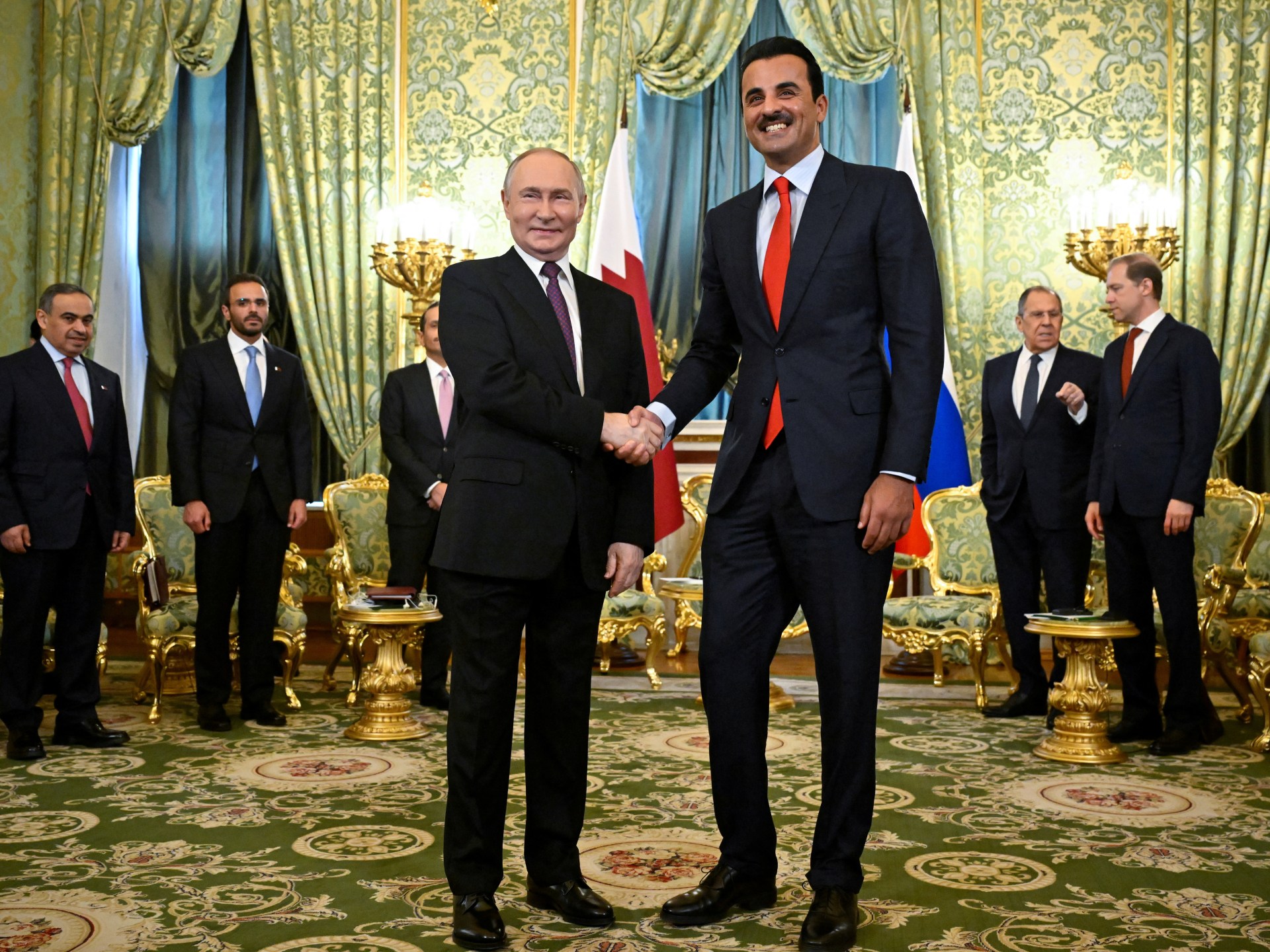
Ahmed al-Sharaa, Syria’s new leader, would like better relations with Moscow, Qatar said.
Qatar’s Emir Sheikh Tamim bin Hamad Al Thani has told Russian President Vladimir Putin that Syria’s new leader is keen to build ties with Moscow.
At talks in the Russian capital on Thursday, Al Thani assured the Russian leader that interim president Ahmed al-Sharaa was seeking to build relations with Russia, after the removal of former President Bashar al-Assad, who was a close ally of Moscow.
“As for Syria, a few days ago President al-Sharaa was in Qatar, and we spoke with him about the historical and strategic relationship between Syria and Russia,” Al Thani told Putin.
The talks come as Putin attempts to retain Russia’s use of two military bases in Syria to maintain its influence in the region after al-Assad fled the country in December as opposition fighters led by Ahmed al-Sharaa closed in on the capital.
Putin said Syria’s situation, rocked by sectarian violence in recent weeks, was of serious importance.
“We would like to do everything to ensure that Syria, firstly, remains a sovereign, independent and territorially integral state, and we would like to discuss with you the possibility of providing assistance to the Syrian people, including humanitarian assistance,” the Kremlin leader told the emir.
The two men also discussed the situation in Gaza, where Qatar played a key role in brokering a January ceasefire deal between Israel and Hamas for a three-phase ceasefire.
Israel restarted its offensive in the besieged enclave in March, and talks to try to restore the ceasefire have so far failed to achieve a breakthrough.
“We reached an agreement regarding Gaza a few months back, but Israel has not adhered to the agreement,” Al Thani said.
“Qatar, in its role as a mediator, will strive to bridge differing perspectives in an effort to reach an agreement to end the suffering of the Palestinian people.”
Putin told the emir, “We know that Qatar is making very serious efforts to resolve the Israeli-Palestinian conflict.
Unfortunately, the initiatives put forward, including by you, have not been implemented. Peaceful people continue to die in Palestine, which is an absolute tragedy of today.”
Interfax quoted Kremlin spokesperson Dmitry Peskov as saying there was no substantive discussion of the war in Ukraine, but Putin expressed thanks for Qatar’s involvement in arranging the return of children from both countries who were separated from their parents during the war.
Middle East
Palestinian photographer Samar Abu Elouf wins world’s top photo prize | Gaza News
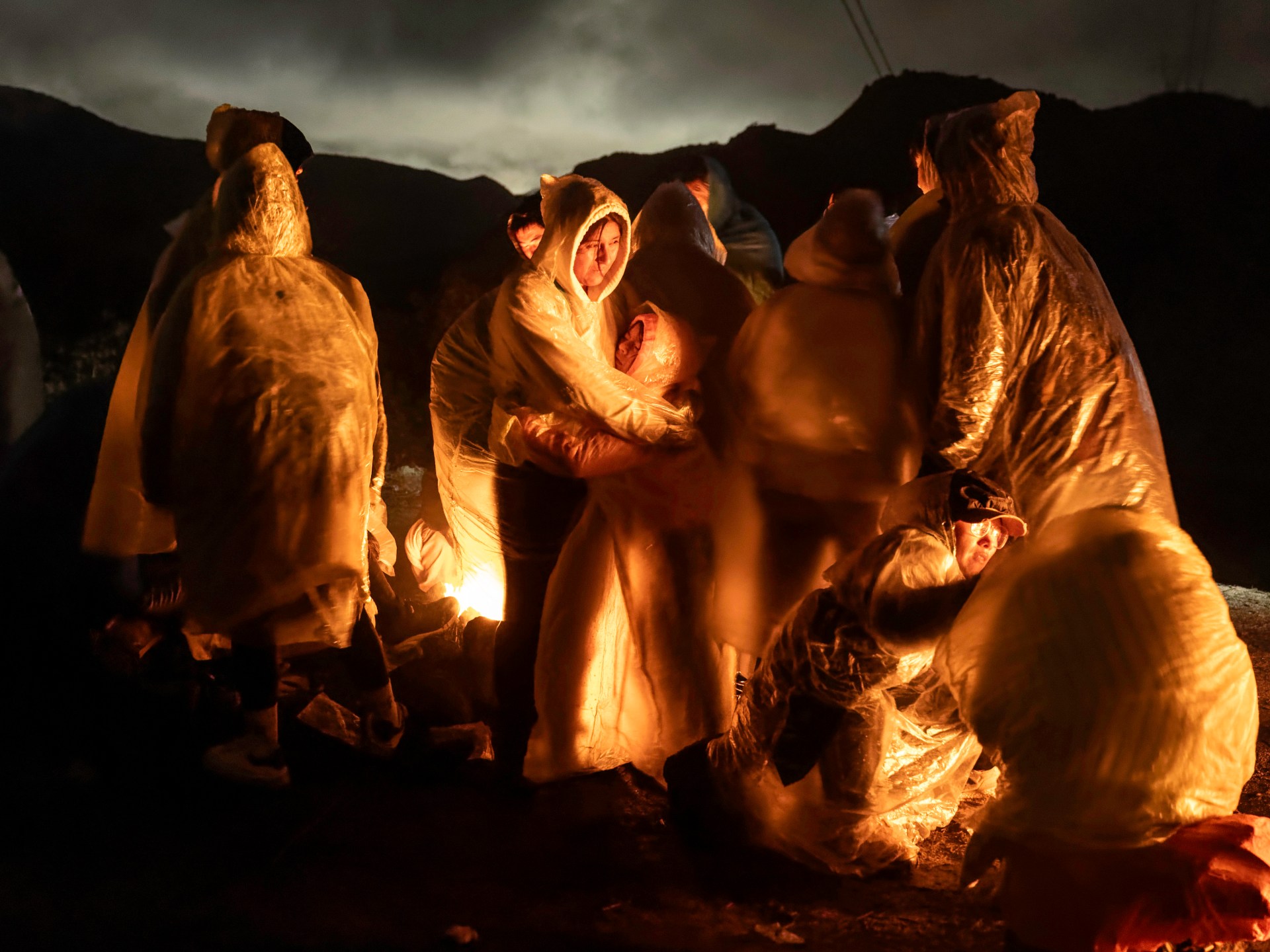
The 2025 World Press Photo of the Year has been awarded to Samar Abu Elouf, a Doha-based Palestinian photographer, for her poignant image of Mahmoud Ajjour, a young boy severely injured while fleeing an Israeli attack in Gaza.
Captured for The New York Times newspaper, the photograph powerfully conveys Mahmoud’s suffering and resilience after an explosion in March last year left one of his arms severed and the other mutilated.
Since her evacuation from Gaza in December 2023, Abu Elouf has been documenting the experiences of individuals like Mahmoud, who sought medical treatment abroad.
Joumana El Zein Khoury, executive director of World Press Photo, an Amsterdam-based organisation, described the image as “quiet” yet deeply impactful, capturing the intimate suffering of one child while also speaking to the wider repercussions of global conflict.
The winner and two finalists were announced on Thursday, during the press opening of the World Press Photo Exhibition in Amsterdam. The exhibition will travel to more than 60 locations worldwide, showcasing some of the year’s most compelling and visually striking stories.
For 70 years, the World Press Photo Contest has honoured the best in photojournalism. This year’s contest received at least 59,000 submissions from photographers in 141 countries, featuring powerful stories of struggle, defiance, warmth and courage.
Here are some of the top images of this year:
-

 Education1 day ago
Education1 day agoTrump administration revokes humanitarian parole of Spanish teacher
-

 Conflict Zones10 hours ago
Conflict Zones10 hours agoHaiti in ‘free fall’ as violence escalates, rights group warns | Armed Groups News
-
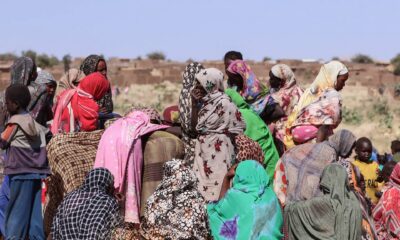
 Conflict Zones2 days ago
Conflict Zones2 days agoAfter two years of war in Sudan, the world can no longer plead ignorance | Conflict
-
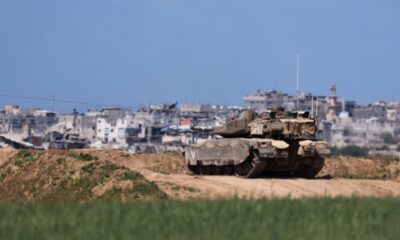
 Middle East1 day ago
Middle East1 day agoIsrael says its troops will remain in Gaza, Lebanon and Syria indefinitely | Israel-Palestine conflict News
-

 Europe1 day ago
Europe1 day agoCody Balmer, the suspect in arson at Pennsylvania governor’s home targeted the governor for his views on war in Gaza, warrant says
-

 Sports1 day ago
Sports1 day agoNew Orleans Saints win lawsuit over fleur-de-lis trademark filed by ‘direct descendant of the Kings of France’
-
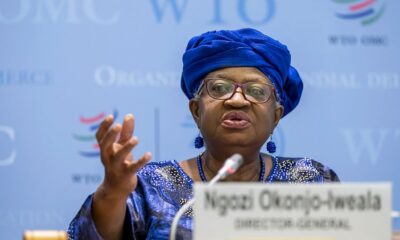
 Africa2 days ago
Africa2 days agoWorld Trade Organization says global trade could slide this year due to tariffs
-

 Europe2 days ago
Europe2 days agoLive updates: Trump news, immigration and tariff updates




